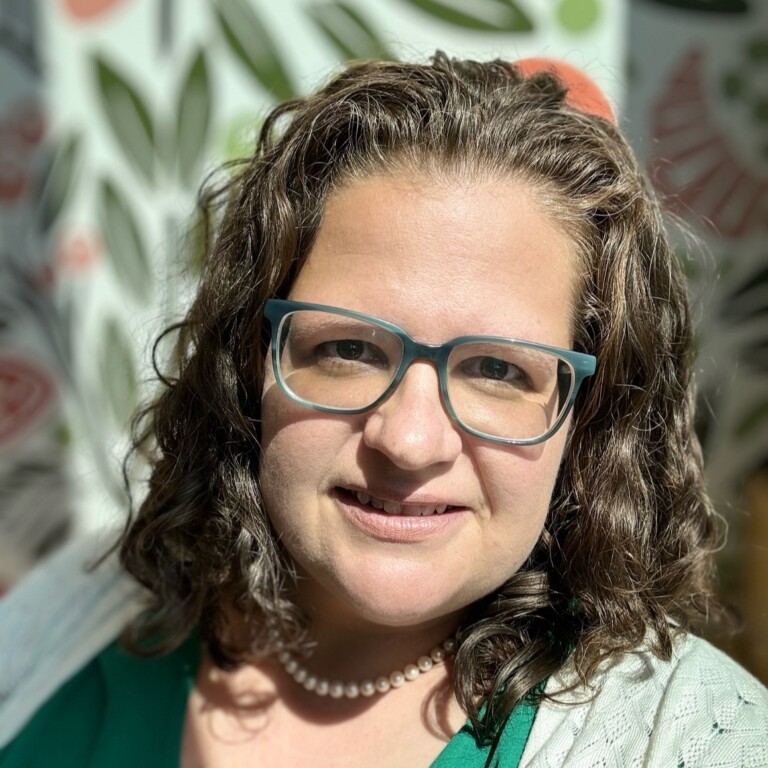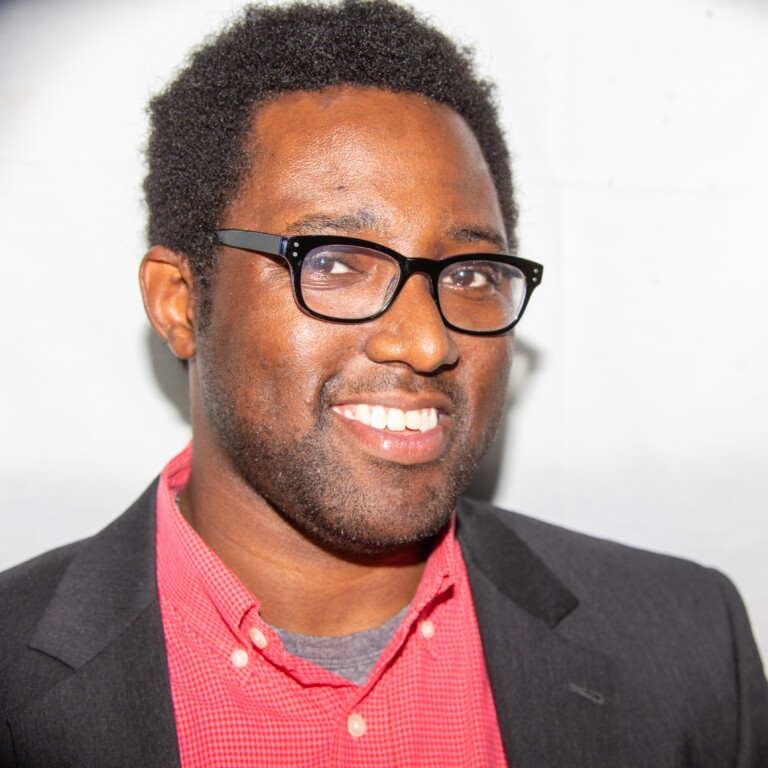Assistant Superintendent Corey Wright walked briskly out of Cedar Hills Elementary School. He told the few dozen parents and community members at a school consolidation meeting this month that he had a “hard stop” that evening.
The only thing that seemed to slow Wright down was the sight of three elementary-aged children as he drove away.
A girl stood atop a slide in her backyard, peering over the fence as she laughed and conversed with two boys on the sidewalk in the shadows of the nearly 70-year-old school in the diverse Westside neighborhood. At the end of this school year, Cedar Hills is expected to receive all of the students from nearby Hidden Oaks Elementary, one of six elementaries the district has selected to close.
The six imminent school closures are part of a plan that Superintendent Christopher Bernier says will “right-size” the district, by closing as many as 18 schools over the next five years.
But Duval is a district that has faced multiple court orders to ensure racial desegregation over the decades — and it didn’t achieve unitary status, a designation granted by the federal government that indicates a school system is no longer segregated, until 1999. Many of the magnet school programs the district is known for were created in response to court-ordered desegregation. Douglas Anderson School of the Arts, Stanton College Preparatory School, and more, were Black schools converted to magnet programs in the 1980s so that white students would voluntarily integrate the schools.
With this in mind, some parents, community members and activists are watching school closures warily and demanding the district consider equity — and not just the district’s bottom line.
Enrollment is way down at the six selected schools — some have fewer than 200 students — while the district prefers to operate schools of at least 700 students in order for expenses to break even.
But only 20% of the district’s 99 elementary schools have that target number enrolled, and only a third can even handle that many students. District officials say that from a strictly mathematical perspective, it makes sense to close small, low-enrollment schools.
The state requires school districts to hold at least 3% of their general fund as reserves — a kind of rainy-day savings account. Since COVID, Duval has had to spend more than $30 million of its reserves. Spokesperson Tracy Pierce says the district is dangerously close to the 3% threshold. Any lower and it risks a “state takeover” of its finances.
Recent history informs present perspective
Four of the six closing schools are more than 90% non-white, and all of them serve a high percentage of economically disadvantaged families.
This spring, a district consultant’s closure list of about 30 schools caused community uproar. Small schools with larger shares of white students, like Fishweir Elementary, Atlantic Beach Elementary and Holiday Hill Elementary, saw parents quickly mobilize. They distributed “save our school” signs and T-shirts. They stayed in the school board’s ear for months. The schools came off the list.
Most of the current closures are in Districts 4 and 5 — which together cover the Eastside, Durkeeville, part of Riverside, Northwest Jacksonville and Oceanway and Pecan Park on the Northside.
“When I look at the closures, I look at the history of our city and I look at the areas where we’ve seen the most impact of school closures, which, honestly, no matter where you sit, we know that it’s been in District 4 and District 5,” says Tiffany Clark, who volunteers with Parents Who Lead, an initiative of the Jacksonville Public Education Fund to cultivate civic leaders.

Clark says she wants the school board to understand that community investment in the six threatened schools is just as strong as it is at the schools where advocacy groups formed. But parents and caregivers in these areas might not have time to spend hours at public meetings because they are often hourly employees or do not own cars.
Another school that is already guaranteed to close this year, R.V. Daniels Elementary, is also in District 5. And two more schools on the list to be considered for closure at the end of the 2025-26 school year are nearby: Hyde Park Elementary on the Westside and Long Branch Elementary on the Eastside.
Clark grew up in Moncrief Park, near the Brentwood Golf Course. She and her son both graduated from district schools. And she is worried history is repeating itself with the latest plans.
“I hope that the city of Jacksonville sees where we are now is truly going to impact the future of this city,” Clark says. “I really hope that we’re watching, whether you live at the Beach, on Chaffee Road, Moncrief, 103rd (Street). I hope our business community, I hope our churches, I hope our city sees and is looking so we don’t have to be so reactive. Right now is our opportunity to be proactive.”
Parallels with desegregation?
The six schools slated for closure are multi-generational fixtures of neighborhoods where children and parents can easily walk to campus.
Of Duval Schools’ 153 schools, about half were built in the two decades following World War II. Many were elementary schools for a few hundred children — small, neighborhood schools like the ones now proposed to close. Segregated schools.
Brown v. Board of Education — the landmark Supreme Court case that made school segregation illegal — was decided in 1954. Duval County, like much of the South, continued to build white schools and Black schools for another 10 years.
School districts including Duval also cut corners when building Black schools. Reporting by The Florida Times-Union at the time said when Duval Schools built George Washington Carver Elementary in 1957, it chose to save money by using galvanized steel instead of stronger, more corrosion-resistant stainless steel and by eliminating covered walkways, gardens and an intercom system.
After a 1971 court ruling finally enforced desegregation in Duval, the district’s plan for integration involved closing several Black schools and busing students from their neighborhoods, where they were in the majority, to other parts of town.

Against that historical backdrop, the Jacksonville NAACP is sounding the alarm about the impact of this year’s school closures.
In September, the Jacksonville NAACP called for a moratorium on all closures in Districts 4 and 5.
This month, Jacksonville NAACP President Isaiah Rumlin followed that up with an essay imploring the district to weigh equity in closure decisions, by considering the unique needs of communities, students and staff, and by mitigating the impact on the most vulnerable communities.
The closures “exacerbate existing educational inequalities, which continue to widen the achievement gap,” Rumlin wrote. “Students who already face barriers to academic success, such as a lack of resources or access to support services, are further marginalized by the closure of their schools.”
Rumlin noted that many families rely on their school not only for education but also for food and other support services. Closing them, Rumlin argues, is “further deepening the cycle of poverty and inequality.”
In advocates’ minds, the current closure discussion mirrors the court-mandated desegregation era: A district tasked with closing schools, with the schools under immediate threat in predominantly Black neighborhoods. Two of the schools, George Washington Carver and Susie Tolbert, were built as Black schools.
When Hidden Oaks opened in 1965 — as Stonewall Jackson Elementary — the district called it one of its first integrated schools, according to The Florida Times-Union. District-wide, though, only about 150 of Duval’s 30,000 Black children attended school with white children at the time.
White students at the time left the district in droves for private schools. From a Baby Boom district enrollment peak of 120,000 children in the late 1960s, just 15 years later, enrollment had plummeted to 87,600 students.
A 1971 news story titled “Private Schools Boom in South” said, “Duval County school officials anticipate a loss of up to 10,000 students to private schools this fall as a result of desegregation orders issued here.”
By 1977, students slowly began to return to the public school system. “Compared to five years ago, there seems to be a growing willingness to live with busing and integration…”
In a 2013 study, “The Complex Legacy of School Desegregation in Duval County,” published in The Florida Historical Quarterly, attorney Olga Balderas concluded that white flight from Duval Schools in the years after desegregation reduced the benefit of integration with Black students. She noted that 40 years after the final desegregation order, a “significant number” of Duval schools were once again predominantly of a single race.
“It is now up to the Duval County School Board to ensure that the scourges of racial discrimination do not overwhelm what progress has been made,” Balderas wrote.
Today, nearly 50 years after desegregation, white students are once again increasingly leaving district-run schools for private schools, aided by universal state vouchers. Since the onset of the COVID-19 pandemic in March 2020, the percentage of white students in Duval Schools has been declining — from 33% in the 2019-20 academic year to 29% this academic year — while the percentage of Black students has remained constant.
Dollars, cents and sense
Jasmine Underwood attended Stonewall Jackson before the district changed its name to Hidden Oaks in 2021. She is not yet a Duval Schools parent, but she is concerned about the options for students on the Westside if Hidden Oaks closes, as proposed.

Her son was nestled in her arms as she queried district officials this month about what they will do to ensure children who are moved to different schools do not slip through the cracks.
“They are worried more about the money and not the education. My confusion is why isn’t the government putting more money into schools?” Underwood said after the community meeting at Cedar Hills.
Underwood is also worried about how students’ safety as they walk or ride bikes longer distances. Her childhood friend, Amaya Taveras, was hit by a car while walking to her bus stop in Duclay Forest in 2014. Taveras, who was 8 at the time, survived.
The district says it will provide additional funding for crossing guards if it consolidates schools. Some students may also qualify for bus transportation.

Yet another community member, Barbara Clemons, left the meeting at Cedar Hills shaking her head.
“It’s all about money. From what they were saying, they were talking about spreadsheets and costs. Not one time did I hear them say anything about the safety of the children, the convenience for the parents to get the children to school,” Clemons said. “The charter schools are outdoing them, because I have volunteered at the charter schools.”
Clemons has lived on the Westside for 38 years. Her children and some grandchildren are district graduates, but she says she sent one of her grandchildren to live with family in Orlando because she believed his education options were superior in Central Florida. She encouraged district leaders to do more than hold community meetings in their attempt to reach families, like speaking with people in the pick-up line.
“This is an opportunity for kids to understand that because your skin color is different, because your language is different, we’re all kids. We have to invest in our future,” she said.
A districtwide public hearing about the proposed closures is set for Tuesday, Oct. 29, at 6 p.m. at district headquarters, 1701 Prudential Drive. The school board will vote on the closures Nov. 4.








